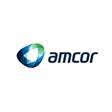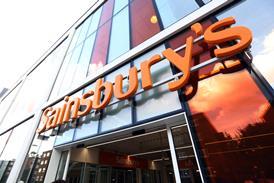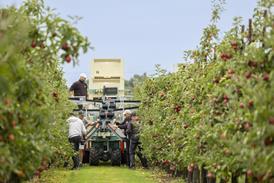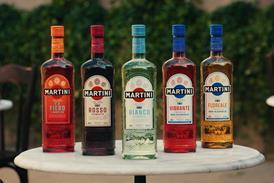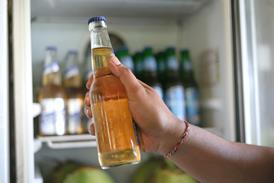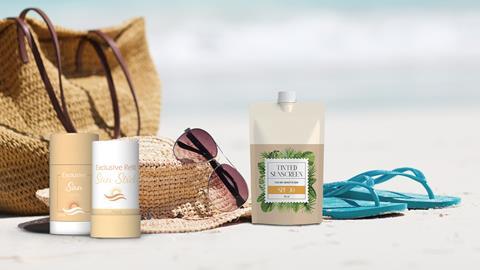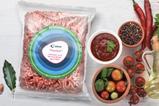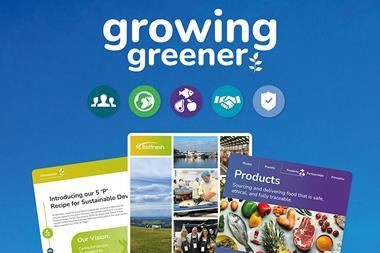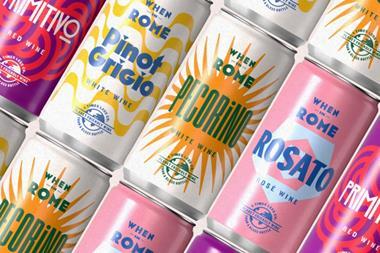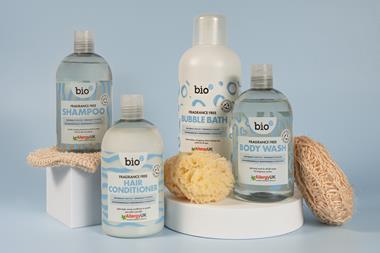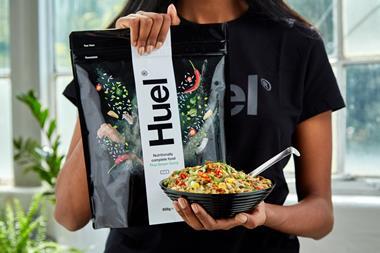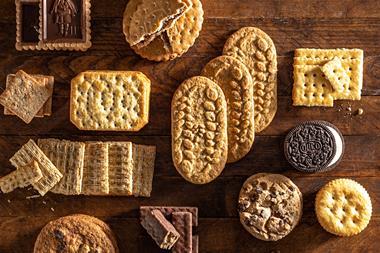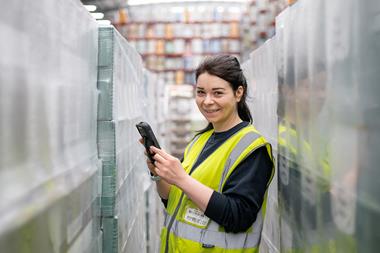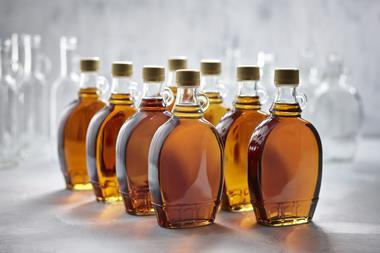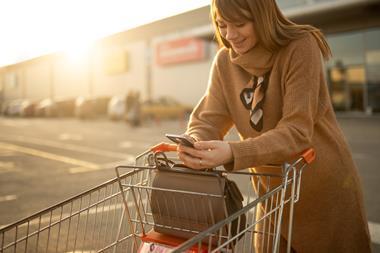How key packaging trends in the beauty sector are impacting shopper decisions now and into the future.
So, there you are, looking forward to some me-time after a gruelling day. You open a sheet mask, carefully unfold it, and place it on your face for a few minutes of well-deserved peace and relaxation. Then, in the mirror, you catch a glimpse of the panda face on the mask, and you can’t help but let out a giggle.
That’s not just skincare, it’s a memorable product experience that might even end up on TikTok.
The feel of the sachet, the design on the front, the colours, the way the pack opens … all of these details affect how consumers feel about a product, even before they use it. For smaller companies, the packaging is often the first impression a customer ever has of the brand, making it even more of an essential marketing investment.
Different generations, different preferences
Complicating life for manufacturers, beauty buyers tend not to respond to a one-size-fits-all approach. Recent research suggests that the age of the consumer has a big bearing on their expectations of product packaging. This presents an opportunity for brands to tailor distinctive strategies for each generation.
According to NIQ, Baby Boomers tend to value clear labels and a no-fuss shape that feels familiar in the hand. A Millennial might check if a beauty product container is refillable before making a purchase.
Gen Z are the most engaged with digital-first packaging, driven by social media and livestream trends. So it’s hardly surprising when they go for the snazziest box that will make the most eye-catching unboxing video on TikTok.
Gen X is today’s biggest beauty spender, predicted to add US$150bn to the market by 2034. They engage across nearly all beauty categories, prioritise skincare and value convenience by heading to online platforms like Amazon to buy their products.
Sensory feel and clean aesthetics
These days, it’s not just how packaging looks that matters. It needs to have the right feel. Soft-touch packaging, metallic sheens that catch the light and innovative sachet shapes all help make using the product fun and memorable.
Modern consumers prefer honest, transparent packaging that gives information without clutter. Minimal branding, sans-serif typography and ingredient-first labels all suggest authenticity while still creating a strong brand impact. A good example is Amcor’s Infinity™ jars, which use transparency to showcase the interior while reducing the need for excessive decoration.
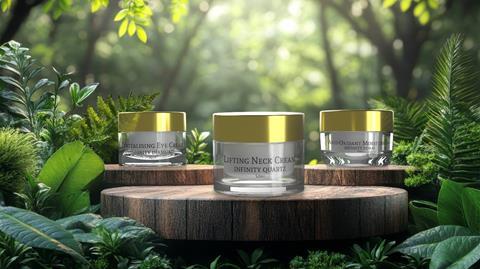
Demand for more sustainable packaging
As ethical and environmental claims become progressively common, more sustainable packaging is now essential rather than optional. Consumers want proof that the brands they choose are serious about their commitment to a more sustainable world.
● Rigid packaging (jars, bottles, pumps, closures): Consumers expect recyclability as a standard and increasingly look for post-consumer recycled content (PCR). Prima refill demonstrates that a dispenser can look beautiful while being more sustainable.
● Flexible packaging (sachets, pouches, wraps): Innovation here is driven by improved sustainability without losing functionality. AmPrima™ is a great example: a mono-material film designed to be recyclable while maintaining the barrier protection and aesthetics beauty brands need.
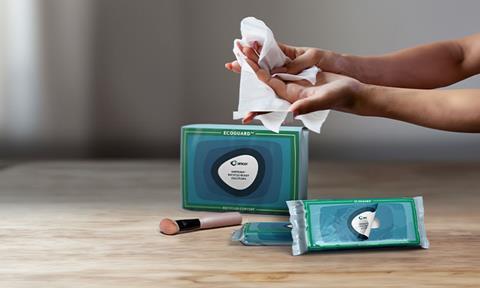
Increasing call for refillable packaging
As consumers place greater value on ethical approaches, new product developments across the beauty and personal care market are fuelling interest in refillable packaging. In Germany, for example, 73% of beauty and grooming buyers have either tried or are open to trying a refill concept [Mintel].
Around 42% of global consumers opted for personal care brands with refillable packaging in 2024, and 25% actually chose refillable formats when available [Personal Care Insights]. The hand soap category is where consumers are most likely to choose refillable options.
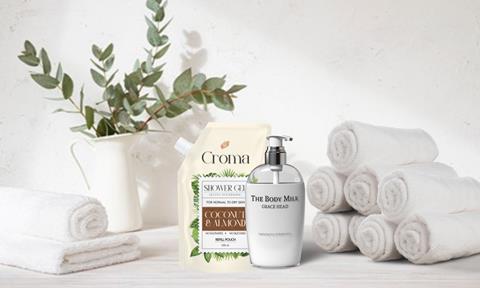
Both refill packs and refillable formats help close the circular loop by extending packaging life, reducing waste, and encouraging repeat engagement with brands.
As a global leader in flexible and rigid plastics, Amcor is well-positioned to support and scale refill and refillable packaging solutions, with spouted pouches up to 2-litre capacity, meeting growing regulatory and consumer demands.
The growing shift to online personal care
Beauty brands are leaning into direct-to-consumer growth and, with subscription boxes proving a powerful sampling tool, 70% of US consumers say they would now consider signing up [Mintel]. These boxes not only reach new audiences but also show how digitisation is reshaping beauty.
E-commerce is pushing brands to rethink packaging, balancing creativity with the need for durability. Amcor’s E-commerce Testing Labs certify packaging under ISTA 6A, ensuring that packaging will survive the toughest journeys while protecting both the product and the customer experience.
Partner with an expert to keep up with the trends
It’s not easy keeping up with all the new developments: the preferences of different generations, changing aesthetics, refillable packaging, the growth of online and, above all, the increasing demand for more sustainable packaging. Partner with an expert like Amcor, and you’ll always be kept up to date with the latest goings-on in the marketplace.
To find out about more sustainable packaging options in the beauty sector, click here.
